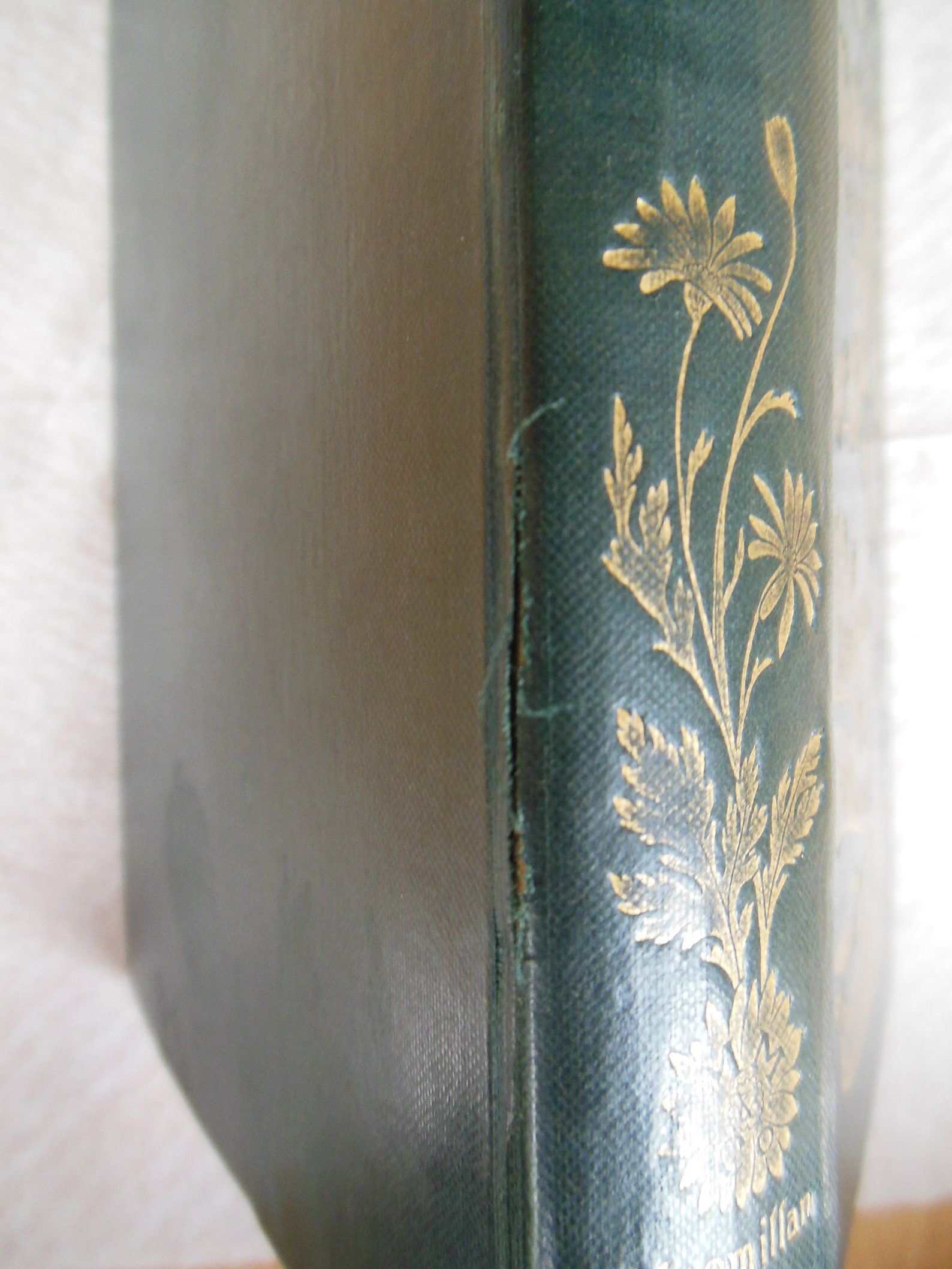
He is abashed, but vows to try again after some time, as there is no one else Margaret cares for in that way. Margaret is taken aback - she has not thought of him as anything but a friend.


Two events disturb her peace, however: Henry Lennox comes to visit, and he asks her to marry him. Margaret, however, loves the town of Helstone, and its people, and quickly settles back in. Hale is a pleasant if rather inconsequential woman, given to complaining that her husband has not been given a more prestigious living. The wedding goes off well, Edith and her new husband head to Italy where he is posted, and Margaret returns to Helstone, where her father is Vicar of a small church. Her only intellectual equal in her social circle is Edith's soon-to-be brother-in-law, Henry Lennox, an ambitious young lawyer. She is ready to go back to her parents' place, in the small country parish of Helstone. Margaret has been happy enough there, but in general she is impatient with the rather shallow and fashionable life her aunt and cousin lead.

Margaret is now 18, and has spent the last several years in London with her mother's sister, Mrs. The novel begins as preparations continue for the wedding of Margaret Hale's cousin Edith. "read" the novel by listening to it, in Claire Wille's effecting narration. I have the print edition pictured above, but I actually. Gaskell also battled Dickens over the length - she thought it would be in 22 parts and felt like she was forced to rush the ending, and the book version not only extended the ending and added bits throughout, it also added chapters at the front. This caused Gaskell some concern, as she didn't want to duplicate any of Dickens' plot points. Dickens is supposed to have suggested the title (Gaskell was calling it Margaret Hale, after the heroine - in this case if perhaps no other regarding the novel, Dickens was right.) The preceding serial was Dickens' own Hard Times, and both Hard Times and North and South are "industrial novels", and are set in lightly fictionalized versions of Manchester.

North and South was first published in Charles Dickens' magazine Household Words, in 20 parts between 18. Other important works are Cranford, Sylvia's Lovers, Cousin Phillis, and her last novel, unfinished at her sudden death in 1865, Wives and Daughters as well as the first biography of her friend Charlotte Brontë. Her first short story was published in 1847, and her first novel, Mary Barton, in 1848, which made her name as a writer. She wrote and published poems (with her husband) and some non-fiction beginning in the 1830s. (Stevenson, by the way, resigned his position as minister on conscientious grounds: remember this in view of events in North and South!) Elizabeth married a Unitarian minister, William Gaskell, in 1832. Her father was William Stevenson, a Unitarian minister and writer on economic subjects. Elizabeth Cleghorn Stevenson was born in 1810.


 0 kommentar(er)
0 kommentar(er)
